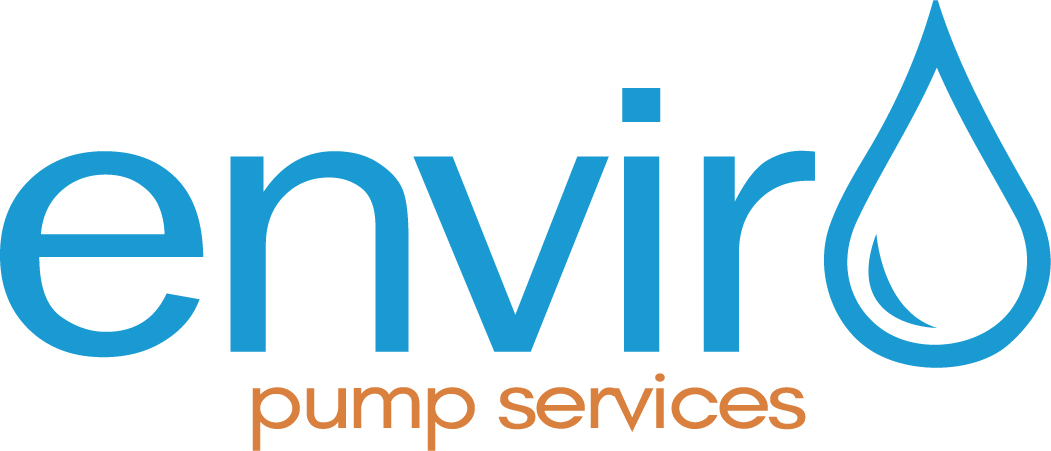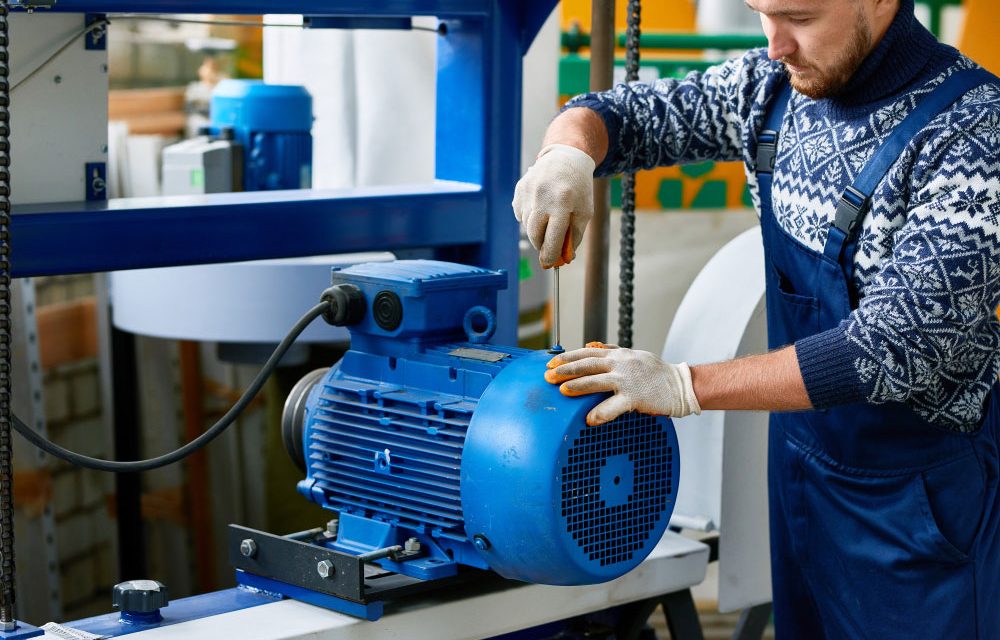Pumps play a crucial role in various industries and applications, ensuring the smooth flow of liquids and gases. Over time, pumps can experience wear and tear, leading to decreased performance or even complete failure. As a responsible business owner or operator, it’s important to be aware of the signs indicating when your pump may require repair or replacement. In this blog post, we will discuss several key indicators that can help you identify pump issues and take timely action to avoid costly disruptions to your operations.
Decreased Performance
When a pump starts to underperform, it can significantly impact your efficiency and productivity. Here are some signs that may indicate decreased pump performance:
- Reduced Flow Rate: If you notice a gradual decrease in the volume or speed of liquid or gas being pumped, it could be a sign of internal wear or blockages. This can result from factors such as worn impellers, damaged seals, or clogged pipes. It’s important to monitor the flow rate regularly and compare it to the pump’s specifications to identify any significant discrepancies.
- Inconsistent Pressure: Fluctuations in pressure output can be a result of worn-out parts, leaks, or clogged filters within the pump system. Inconsistent pressure can lead to inefficient operations and compromised product quality. Keep an eye on pressure gauges and consider installing pressure monitoring systems to detect any irregularities.
To address these issues, consider scheduling regular maintenance checks with a qualified technician. They can diagnose the problem accurately and recommend appropriate repairs or replacements, ensuring your pump operates at optimal performance. Additionally, proactive maintenance, including cleaning and lubrication, can help prevent performance issues and extend the lifespan of your pump.
Strange Noises or Vibrations
Unusual noises or vibrations coming from your pump can be indicators of underlying mechanical problems. Here are some key points to consider:
- Grinding or Rattling Sounds: These noises can suggest worn-out bearings, misaligned components, or loose parts within the pump assembly. They can be a sign of impending failure and should be addressed promptly. Ignoring these sounds can lead to further damage and costly repairs.
- Excessive Shaking: If you notice excessive vibrations or shaking during pump operation, it may be due to imbalanced impellers or damaged motor mounts. Excessive vibrations can lead to premature wear and tear, affecting the overall performance and reliability of the pump. Regularly inspect the pump for any signs of vibration and seek professional assistance if necessary.
Should you encounter these signs, it is crucial to address them promptly. Neglecting such issues may result in further damage to the pump and other connected equipment. Contact a professional pump service provider, such as Enviro Pump Services, who can accurately diagnose the problem and perform the necessary repairs.
Leakage or Drips
Leakage or dripping around the pump is a clear indication of seal or gasket failure. Here’s what you should know:
- Seal Leaks: Leaking seals can lead to fluid or gas escaping from the pump system, causing potential hazards and environmental concerns. It’s important to identify and repair seal leaks promptly to maintain the integrity and safety of the pump system. Regularly inspect the seals and replace them if necessary.
- Gasket Failure: Faulty gaskets can result in leaks between pump components, compromising the system’s integrity and reducing efficiency. Regularly inspect the pump for any signs of leakage or drips. If you notice such issues, it is important to have the seals or gaskets replaced promptly to prevent further damage or safety risks.
In addition to addressing the immediate issue of leakage, it is essential to identify and address the underlying cause. A professional pump service provider can help you identify the root cause of the leakage and recommend the appropriate repair or replacement.
Increased Energy Consumption
A sudden increase in energy consumption can point to pump inefficiency. Here’s what to keep in mind:
- Inefficient Performance: When a pump is not functioning optimally, it requires more energy to achieve the desired output. This can result in higher energy bills and increased operating costs. Monitor your energy consumption and compare it to historical data to identify any significant increases.
- Motor Overloading: If the pump motor is continuously running at full capacity, it may indicate a problem with the pump’s hydraulics or control system. This can lead to increased energy consumption and potential motor damage. Regularly inspect the motor and check for any signs of overheating or excessive strain.
To monitor energy usage effectively, consider installing energy metres or tracking software. This will enable you to identify significant increases in energy consumption, allowing you to take corrective action promptly. Regular maintenance, including checking motor performance and ensuring proper alignment, can also help optimise energy efficiency.
Frequent Cycling or Overheating
Frequent cycling or overheating of the pump can be signs of underlying issues. Consider the following:
- Cycling On and Off: If your pump frequently starts and stops, it may be a symptom of control system malfunctions or incorrect pressure settings. Frequent cycling can lead to increased wear on pump components, reducing their lifespan. Consult with a pump technician to identify the cause and make the necessary adjustments.
- Overheating: Overheating can occur due to factors such as insufficient cooling or motor overload, potentially leading to pump failure. It’s important to monitor the pump’s temperature and ensure adequate cooling mechanisms are in place. Regularly check for any signs of overheating, such as hot surfaces or unusual smells.
Regularly monitor the operation of your pump and take note of any abnormal cycling or overheating. If these signs persist, it’s essential to consult with a qualified pump technician to accurately diagnose the problem and recommend appropriate repairs or replacements.
Maintaining a properly functioning pump is essential for the smooth operation of your business. By recognising the signs that your pump needs repair or replacement, you can mitigate the risk of unexpected failures, downtime, and costly repairs. Remember to schedule regular maintenance checks and promptly address any issues to ensure the longevity and efficiency of your pump system.
If you require professional pump repair or replacement services, Enviro Pump Services is a trusted provider in the Australian market. With their expertise and dedication to customer satisfaction, they can assist you in resolving any pump-related issues efficiently and effectively.
Remember, taking proactive measures and partnering with reliable professionals will help you keep your pump system running smoothly, enabling your business to thrive.


